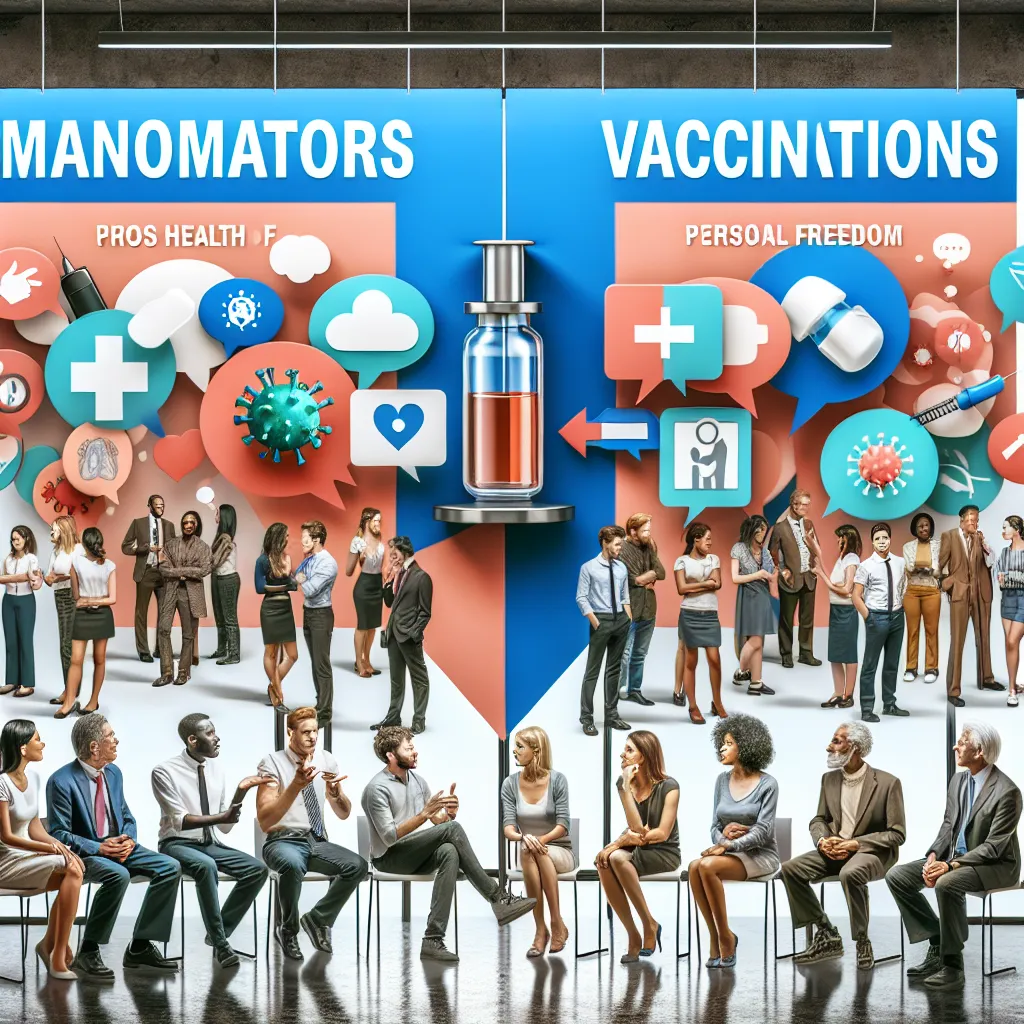Digital literacy among the elderly has become an increasingly important topic in recent years. As technology continues to advance rapidly, older adults often find themselves left behind, struggling to keep up with the digital world. This issue has appeared in several IELTS Writing Task 2 questions over the past few years, and it’s likely to remain relevant in future exams. Let’s explore this topic through a sample question and provide model essays for different band scores.
Nội dung bài viết
 Elderly using digital devices
Elderly using digital devices
Sample Question
Many older people are unfamiliar with modern technology and struggle to use digital devices. What are the reasons for this problem, and what measures can be taken to address it?
Question Analysis
This question is asking you to discuss two main points:
- The reasons why older people have difficulty using modern technology
- Solutions to help older people become more digitally literate
It’s important to address both parts of the question equally in your essay. You should aim to provide at least two reasons and two solutions, each with explanations and examples.
Sample Essay (Band 8-9)
In today’s digital age, many elderly individuals find themselves at a disadvantage when it comes to using modern technology. This essay will explore the reasons behind this issue and propose effective measures to address it.
There are several factors contributing to the digital literacy gap among older populations. Firstly, many seniors grew up in an era when digital technology was not prevalent, which means they lack the foundational knowledge that younger generations take for granted. This unfamiliarity can lead to anxiety and reluctance when faced with new devices or software. Secondly, age-related physical changes, such as declining eyesight or reduced motor skills, can make it challenging for older adults to navigate touch screens or read small text on digital devices.
To address this problem, a multi-faceted approach is necessary. One effective measure would be to implement tailored training programs specifically designed for seniors. These programs should focus on practical, everyday applications of technology, such as using smartphones to stay in touch with family or accessing online health information. The training should be conducted at a slower pace, with plenty of hands-on practice and patient instructors who can address individual concerns.
Another solution is to encourage intergenerational technology mentoring. Pairing older adults with younger, tech-savvy volunteers can create a supportive learning environment where seniors feel comfortable asking questions and receiving one-on-one guidance. This approach not only improves digital literacy but also fosters meaningful connections between generations.
In conclusion, while the reasons for the digital divide among older populations are rooted in historical and physiological factors, there are practical steps that can be taken to bridge this gap. By providing targeted education and fostering intergenerational support, we can help seniors become more confident and competent in using modern technology, ultimately enhancing their quality of life in our increasingly digital world.
(Word count: 292)
Sample Essay (Band 6-7)
Nowadays, many old people have problems using modern technology like smartphones and computers. This essay will discuss why this happens and suggest some ways to help them.
One reason why older people struggle with technology is that they didn’t grow up with it. When they were young, there were no computers or internet, so they are not used to these things. Another reason is that some old people may have poor eyesight or shaky hands, which makes it hard to use small screens or type on keyboards.
To solve this problem, we can do several things. First, we should offer special classes for old people to learn about technology. These classes should be easy to understand and go slowly, so the elderly can keep up. The teachers should be patient and explain things clearly. Second, we can ask young people to help their grandparents or other old people learn about technology. This can be a good way for different generations to spend time together and understand each other better.
Also, companies that make phones and computers should think about older users when they design their products. They could make devices with bigger screens and buttons, which would be easier for old people to use.
In conclusion, there are reasons why old people find it hard to use modern technology, but there are also ways to help them. By providing special education and support, we can help older people become more comfortable with digital devices and enjoy the benefits of technology in their daily lives.
(Word count: 252)
Key Points to Remember When Writing
-
Structure: Both essays follow a clear structure with an introduction, body paragraphs addressing reasons and solutions, and a conclusion. The band 8-9 essay has more sophisticated paragraph transitions and a more nuanced discussion of the topic.
-
Language: The band 8-9 essay uses more advanced vocabulary and complex sentence structures, while the band 6-7 essay uses simpler language. Both are appropriate for their respective levels.
-
Examples: Both essays provide specific examples to support their points. The band 8-9 essay’s examples are more detailed and varied.
-
Coherence: The band 8-9 essay demonstrates stronger coherence with clear links between ideas and paragraphs. The band 6-7 essay is also coherent but with simpler connections.
-
Task Response: Both essays fully address the question, discussing both reasons and solutions. The band 8-9 essay provides a more in-depth analysis.
Important Vocabulary to Remember
- Digital literacy (noun) /ˈdɪdʒɪtl ˈlɪtərəsi/ – The ability to use digital technology effectively
- Intergenerational (adjective) /ˌɪntəˌdʒenəˈreɪʃənl/ – Involving people of different generations
- Prevalent (adjective) /ˈprevələnt/ – Widespread in a particular area or at a particular time
- Foundational (adjective) /faʊnˈdeɪʃənl/ – Serving as a basis or foundation
- Multi-faceted (adjective) /ˌmʌltiˈfæsɪtɪd/ – Having many different aspects or features
- Tailored (adjective) /ˈteɪləd/ – Made or adapted for a particular purpose or person
- Tech-savvy (adjective) /tek ˈsævi/ – Well informed about or proficient in the use of modern technology
- Physiological (adjective) /ˌfɪziəˈlɒdʒɪkl/ – Relating to the way in which a living organism functions
Conclusion
The topic of promoting digital literacy among elderly populations is likely to remain relevant in IELTS Writing Task 2 exams. To prepare for this and similar topics, practice writing essays that discuss both the causes of problems and potential solutions. Some related topics you might encounter could include:
- The impact of technology on intergenerational relationships
- The role of government in providing technology education for seniors
- The benefits and drawbacks of an increasingly digital society for older adults
Remember to use a clear structure, provide specific examples, and use appropriate vocabulary for your target band score. Feel free to practice writing an essay on this topic and share it in the comments section for feedback and discussion with other learners.


